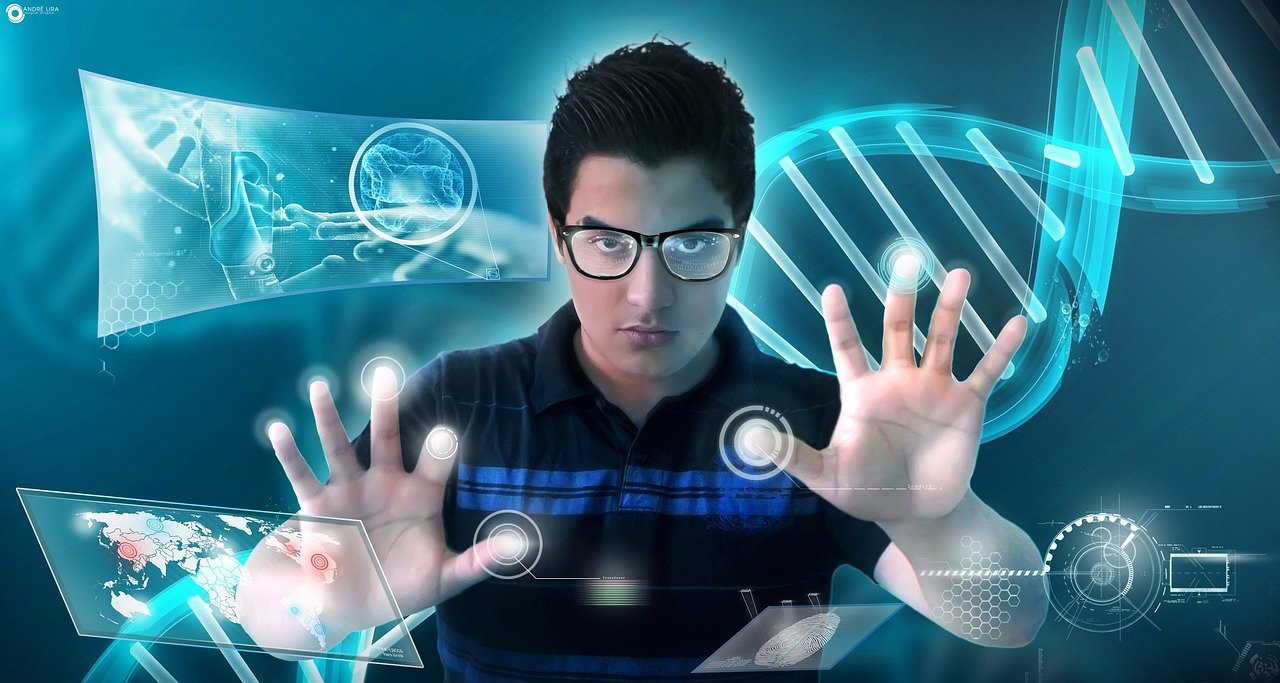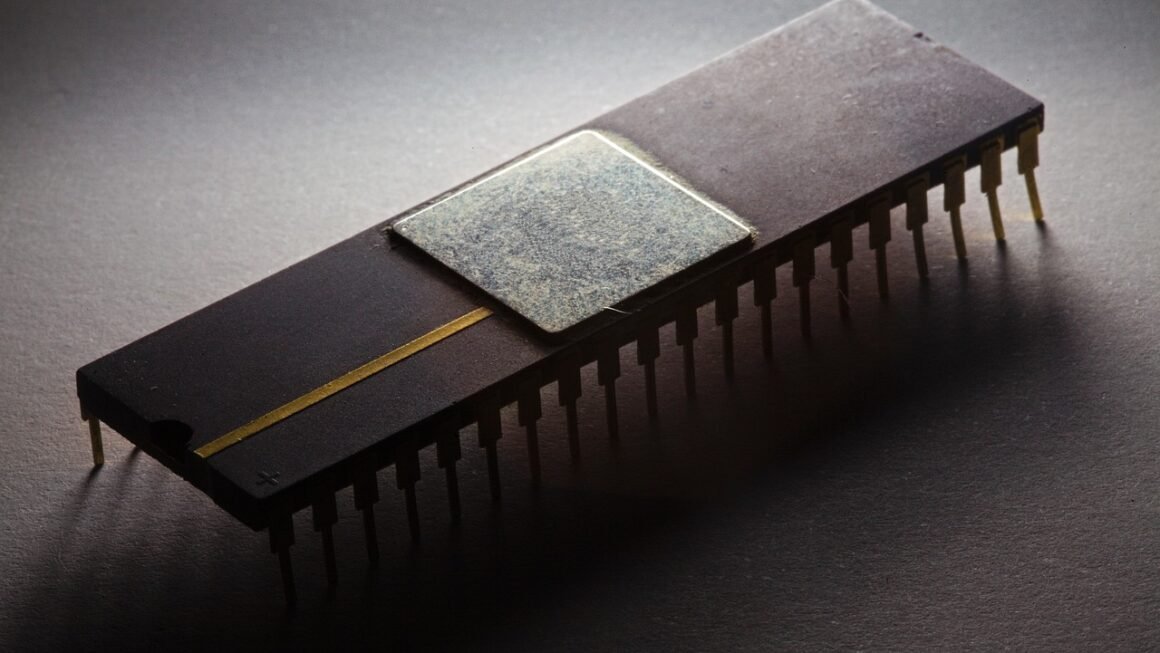Smart devices are transforming the way we live, work, and interact with the world around us. From controlling our home lighting with a voice command to monitoring our health metrics with a smartwatch, these interconnected gadgets are offering unprecedented convenience and efficiency. This article delves into the world of smart devices, exploring their diverse applications, benefits, and potential impacts.
Understanding Smart Devices
What Exactly is a Smart Device?
A smart device is essentially an electronic gadget that can connect to a network (usually Wi-Fi) and interact independently. This connectivity allows them to perform tasks autonomously, learn from user behavior, and communicate with other devices. These devices often incorporate sensors, microprocessors, and software to achieve their functionality. Examples include:
- Smartphones
- Smart TVs
- Smart speakers
- Smartwatches
- Smart thermostats
- Smart home appliances
Key Characteristics of Smart Devices
- Connectivity: The ability to connect to a network, typically Wi-Fi or Bluetooth.
- Automation: They can automate tasks, such as turning on lights at a specific time or playing music on demand.
- Data Collection and Analysis: They collect data about user behavior and environmental conditions, which can be analyzed to improve performance and personalization.
- Remote Control: Many smart devices can be controlled remotely via a smartphone app or voice assistant.
- Interoperability: The ability to communicate and interact with other smart devices in a network.
The Rise of Smart Homes
Benefits of Smart Home Technology
Smart home technology is rapidly gaining popularity, offering a range of benefits that make our lives easier and more comfortable. Consider a scenario where you are arriving home late. Your smart home system can automatically turn on the lights, adjust the thermostat to a comfortable temperature, and even start playing your favorite music, all before you even walk through the door.
- Increased Convenience: Automate daily tasks and control devices remotely.
- Enhanced Security: Smart security systems with cameras, door sensors, and motion detectors provide enhanced protection.
- Energy Efficiency: Smart thermostats and lighting systems can optimize energy consumption and reduce utility bills.
- Improved Accessibility: Smart home technology can assist individuals with disabilities or mobility issues.
Examples of Smart Home Devices
- Smart Lighting: Control lights remotely, schedule lighting changes, and adjust brightness. Brands like Philips Hue and LIFX offer a wide range of smart lighting options.
- Smart Thermostats: Adjust temperature settings remotely, learn your heating and cooling preferences, and optimize energy usage. Nest and Ecobee are popular smart thermostat brands.
- Smart Security Systems: Monitor your home with cameras, door sensors, and motion detectors. Ring and Arlo offer comprehensive security systems.
- Smart Appliances: Control your refrigerator, oven, washing machine, and other appliances remotely. Many brands like Samsung and LG offer smart appliances with integrated features.
Smart Wearables and Personal Health
Monitoring Your Health with Wearable Technology
Smartwatches and fitness trackers have become essential tools for monitoring our health and fitness levels. These devices can track a wide range of metrics, including heart rate, sleep patterns, activity levels, and even blood oxygen saturation.
- Fitness Tracking: Monitor steps, distance, calories burned, and activity levels.
- Heart Rate Monitoring: Track your heart rate during exercise and throughout the day.
- Sleep Tracking: Monitor your sleep patterns and identify areas for improvement.
- GPS Tracking: Track your location during outdoor activities.
Benefits of Smart Wearables
- Proactive Health Management: Identify potential health issues early on.
- Improved Fitness: Track your progress and stay motivated to achieve your fitness goals.
- Enhanced Productivity: Receive notifications and manage tasks without taking out your phone.
- Increased Safety: Emergency SOS features can automatically alert emergency services in case of a fall or accident.
The Internet of Things (IoT) and Smart Devices
Understanding the Internet of Things
The Internet of Things (IoT) is a network of interconnected devices that can communicate and exchange data with each other. Smart devices are a key component of the IoT, enabling a wide range of applications across various industries. Imagine a smart agriculture system where sensors monitor soil conditions, weather patterns, and crop health. This data is then used to optimize irrigation, fertilization, and pest control, leading to increased yields and reduced resource consumption.
Applications of IoT
- Smart Cities: Optimize traffic flow, manage energy consumption, and improve public safety.
- Smart Agriculture: Monitor crop health, optimize irrigation, and improve yields.
- Smart Manufacturing: Automate production processes, monitor equipment performance, and improve efficiency.
- Smart Healthcare: Remote patient monitoring, telehealth, and personalized medicine.
Security and Privacy Considerations
Addressing Security Risks
While smart devices offer numerous benefits, they also pose significant security risks. These devices can be vulnerable to hacking, malware, and data breaches, potentially compromising your privacy and security. For instance, poorly secured smart cameras have been known to be hacked, allowing unauthorized access to your home.
- Strong Passwords: Use strong, unique passwords for all your smart devices.
- Software Updates: Keep your devices updated with the latest security patches.
- Privacy Settings: Review and adjust privacy settings to limit data collection.
- Secure Networks: Use a secure Wi-Fi network and enable network encryption.
Protecting Your Privacy
- Data Encryption: Ensure that your devices use data encryption to protect your information.
- Privacy Policies: Read the privacy policies of the manufacturers of your smart devices.
- Awareness: Be aware of the potential privacy risks associated with smart devices.
- Device Segmentation: Isolate your IoT devices on a separate network to prevent lateral movement if one device is compromised.
Conclusion
Smart devices are transforming our lives in profound ways, offering unprecedented convenience, efficiency, and control. From smart homes to smart wearables, these interconnected gadgets are revolutionizing how we live, work, and interact with the world. As technology continues to evolve, we can expect even more innovative and transformative applications of smart devices in the future. By understanding the benefits and risks associated with smart devices, we can harness their power to improve our lives while protecting our privacy and security.



